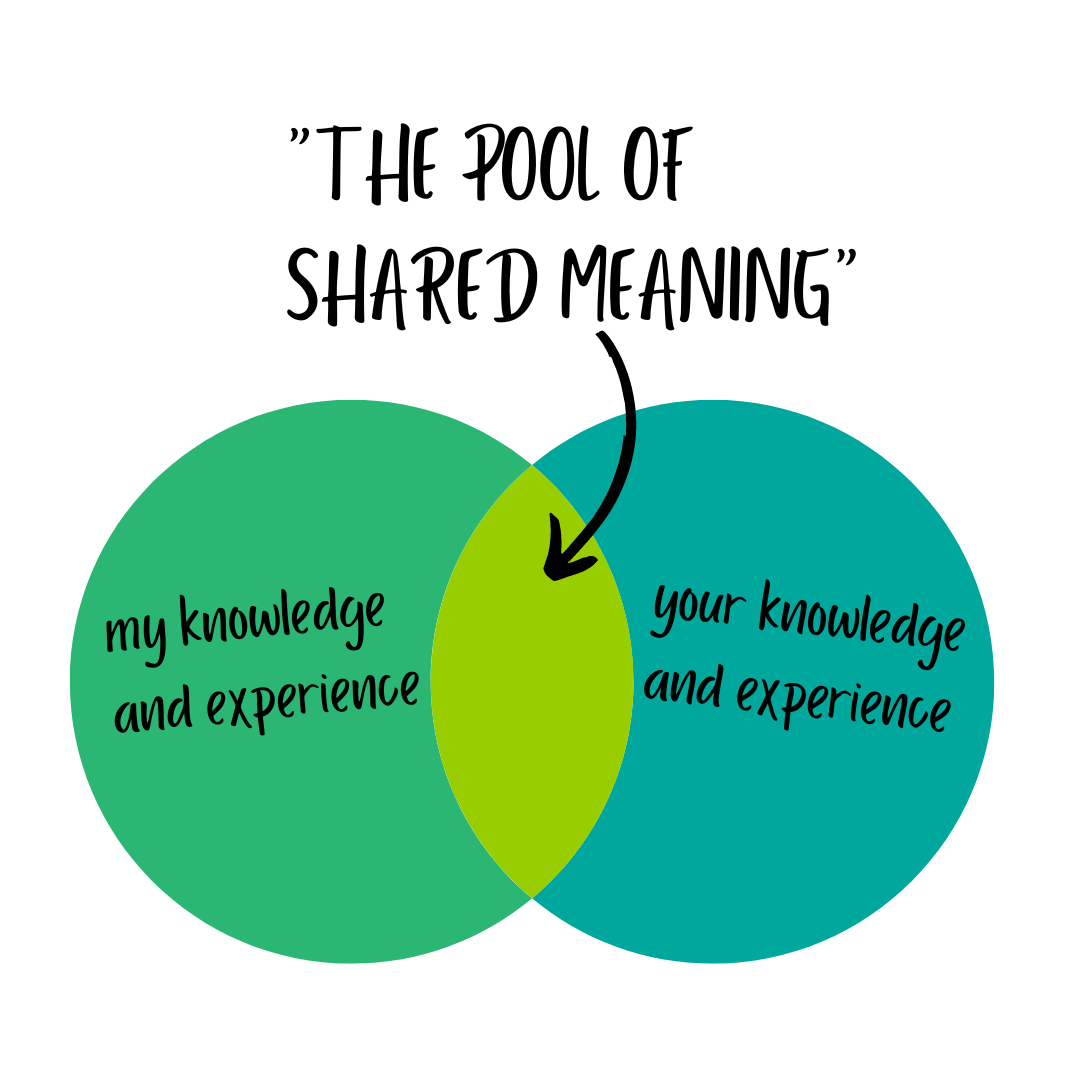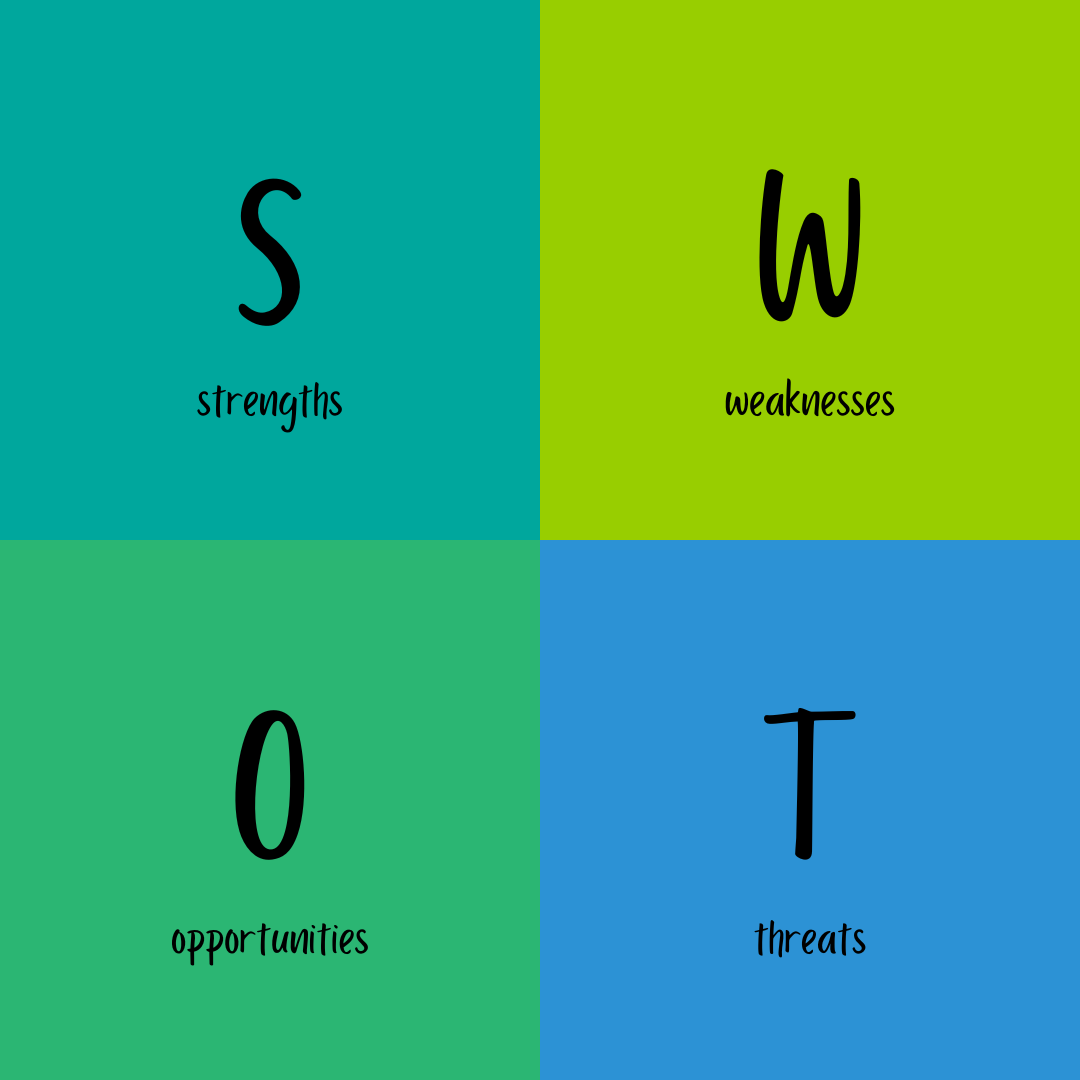The Art of Brainstorming
Posted on by Isabelle Brown
This week at Rideshare, we’re doing some serious team brainstorming. With our CEO Nanci Fitzgerald taking the wheel in 2021, we are embracing the new era our organization is entering. We have the grand opportunity to grow, shift our focus, care for our existing clients, and build new connections.
With our small but mighty team, the only way to do it right is to put all of our heads together in a team brainstorm session. Notebooks full of ideas and ordering in lunch will surely get our wheels turning.
For some departments, brainstorming is a daily activity. Our Business Development team is rarely working individually. Extending this collaborative style of work with other ends of our organization, like finance and operations, will be an excellent practice in sharing ideas and conceptualizing new ways to grow and thrive.
As soon as this brainstorming day made its way onto my Outlook calendar, I got straight to work formulating my master plan—Creating the Rideshare Art of Brainstorming. Yes. I’ve been brainstorming for the brainstorm.
Why Brainstorm?

There are plenty of people who are excellent independent workers. I can relate to this when I put on a perfect focus playlist and get down to business.
The missing piece in independent working is collaboration. In short, I will never have the same exact ideas as you. We might have similar foundational thinking, but everyone has their own set of strengths and expertise to bring to the table.
There are few feelings better than when a thought pops into your head and a coworker says, “Wow, that’s a great idea!” That’s the magic of brainstorming. It builds individual confidence while making the pool of shared meaning that much deeper.
A brainstorm can be as freeform or organized as you need it to be. Some teams like to bounce ideas off each other freely. Others may benefit from a framework to keep their thinking aligned with the goal at hand. Here are some examples of brainstorm structures:
The SWOT Analysis

Beginning with an in-depth analysis of your organization is a great way to begin thinking of new business ideas. Being objective about weaknesses and threats is the key to overcoming them.
A SWOT analysis identifies the strengths, weaknesses, opportunities, and threats in a business or project.
Strengths and weaknesses are internal, while opportunities and threats are external to the business or project. An example of a threat could be competition within your industry, while an opportunity could be a potential relevant partnership.
A lot of conversation can stem from getting all the facts in front of you: What are we doing great at? Where could we improve? What do we have to be weary of?
Reverse Brainstorming
Think of your idea, and plan everything you wouldn’t do to make it successful. This is a way to pinpoint weaknesses to center on the needs of a project or idea—and it can be pretty fun, too.
For example: My idea is motivating people to ride public transit. What shouldn’t I do?
-
Make taking the bus more expensive.
-
Don’t bother marketing.
-
Don’t design an easy-to-use mobile platform.
-
Limit bus routes and convenience.
Once you get on a roll with this one, it starts to point at all the things you should do to strive for success.
-
Make bus passes more affordable.
-
Plan a marketing campaign that targets the right people and locations.
-
Make it easy to use.
-
Increase routes, schedules, and driver benefits to accommodate this need.
Wishing
This brainstorm method really lets creativity lead the way. Imagine that nothing is too far out of reach. Create a list of unfathomably amazing ideas. Then, discuss with the following questions:
-
What makes it so impossible?
-
Can it be watered down in a doable way?
-
What components of this idea can be used in an existing real-world system/project?
To start gathering these grand ideas, try sentence-starters like “Wouldn’t it be nice if…” I’ll give one a go.
Wouldn’t it be nice if I could ride my bike everywhere I need to go?
-
What makes it so impossible? I live in an area with no safe, protected bike lanes, and I live too far from work to ride my bike.
-
Can it be watered down in a doable way? Start smaller – Wouldn’t it be nice if the area around our office were more bike-friendly?
-
What components of this idea can be used in an existing real-world system/project? We need more bike-friendly areas. We have friends in helpful places—Maybe we can work on a bike lane project.
Pretending our wildest Rideshare dreams are within reach is a fun way to spark true creativity!
Personas

We got this one from Hubspot’s “Six Thinking Hats” idea from their brainstorming techniques article.
Members of the group are assigned a persona:
-
Logic is concerned with the facts, reality, and reasoning.
-
Optimism focuses on how the idea will benefit and help people, the value of it, and all the upsides.
-
Devil’s advocate will challenge even the most seemingly fool-proof idea, bringing to the table every danger and roadblock possible.
-
Emotion will be Logic’s counterpoint. Think of the good karma!
-
Creativity will bounce every idea off the wall, and meet every doubt with a “what-if” solution.
-
Management, because someone needs to make sure Optimism doesn’t accidentally become Emotion!
This exercise ensures that the room isn’t full of “yes men” which can lead to the downfall of any good brainstorm—groupthink. This is when a group is too cohesive, agreeable, and refrains from expressing doubt or disagreement.
Sometimes it’s difficult to be the one person in the room saying “Yeah, but…” at a good idea. This strategy makes sure that’s someone’s job. Leave it to Devil’s Advocate!
The Calm Before the Brainstorm
Working together to come up with new ideas and projects can be an enriching experience for any team, building trust and bonds as you collaborate toward a shared goal. Our team at Rideshare’s favorite method to ease into a brainstorm is to start with plenty of fuel in the form of snacks, coffee, water, and good conversation!
The best part of a team brainstorm is that it can be done remotely similarly to an all-day conference room extravaganza. A Zoom room will do the trick and avoid the commute into the office.
We hope one of these brainstorm techniques struck some inspiration for your next team collaboration!
